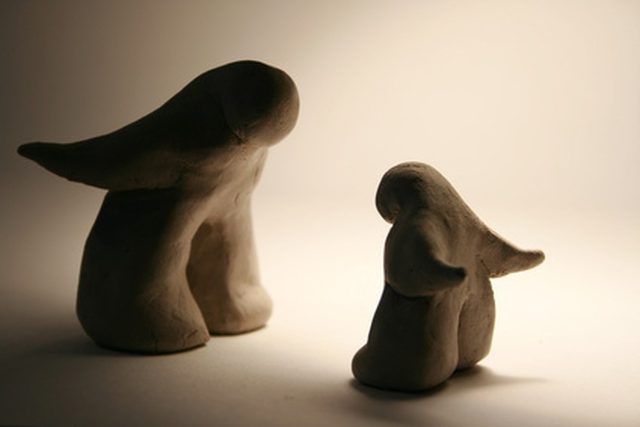Bulbs
Flower Basics
Flower Beds & Specialty Gardens
Flower Garden
Garden Furniture
Garden Gnomes
Garden Seeds
Garden Sheds
Garden Statues
Garden Tools & Supplies
Gardening Basics
Green & Organic
Groundcovers & Vines
Growing Annuals
Growing Basil
Growing Beans
Growing Berries
Growing Blueberries
Growing Cactus
Growing Corn
Growing Cotton
Growing Edibles
Growing Flowers
Growing Garlic
Growing Grapes
Growing Grass
Growing Herbs
Growing Jasmine
Growing Mint
Growing Mushrooms
Orchids
Growing Peanuts
Growing Perennials
Growing Plants
Growing Rosemary
Growing Roses
Growing Strawberries
Growing Sunflowers
Growing Thyme
Growing Tomatoes
Growing Tulips
Growing Vegetables
Herb Basics
Herb Garden
Indoor Growing
Landscaping Basics
Landscaping Patios
Landscaping Plants
Landscaping Shrubs
Landscaping Trees
Landscaping Walks & Pathways
Lawn Basics
Lawn Maintenance
Lawn Mowers
Lawn Ornaments
Lawn Planting
Lawn Tools
Outdoor Growing
Overall Landscape Planning
Pests, Weeds & Problems
Plant Basics
Rock Garden
Rose Garden
Shrubs
Soil
Specialty Gardens
Trees
Vegetable Garden
Yard Maintenance
How Is Clay Soil Formed?
How Is Clay Soil Formed?. Clay soil is the epitome of the saying, "One man's trash is another man's treasure." If you asked a gardener's feelings about clay, they would likely be directly opposite of what a pottery enthusiast would say. Regardless of your feelings toward clay, its formation is an interesting natural phenomenon that has important...

Clay soil is the epitome of the saying, "One man's trash is another man's treasure." If you asked a gardener's feelings about clay, they would likely be directly opposite of what a pottery enthusiast would say. Regardless of your feelings toward clay, its formation is an interesting natural phenomenon that has important implications regarding its characteristics.
Basics
On a basic level, clay soil is composed of millions of clay particles which are 0.002 millimeters (0.0000787 inches) in diameter or smaller. These particles are tightly spaced, which is why clay is notorious for having poor water or air movement throughout. Furthermore, clay particles have a very strong affinity for water and, when exposed to water, they swell up and adhere to each other (a process known as cohesion).
Geological Conditions
According to the United States Geological Survey, clay deposits only form under a limited range of geological conditions. Soil horizons, continental and marine sediments, geothermal fields, volcanic deposits and weathering rock formations are the only environments under which clay soil deposits can be formed. Additionally, most clay formations occur when clay minerals are in contact with air, water or steam.
Minerals
Clay soil is essentially composed of several minerals that deposit together and, over time, form a hardened clay deposit. Silicates, mica, iron and aluminum hydrous-oxide minerals are the most common minerals found in clay deposits. However, other minerals, such as quartz and carbonate, are also present in clay soils.
Geological Processes
In order to form clay soil, the particles that compose the soil need to come from somewhere. Erosion is one source of particles for clay soils and it occurs when water rushes over the surface of rock. However, the largest source of clay particles is from weathering of rocks and soil. During weathering, both physical and chemical changes take place that create the small particles required to form clay soil. Lastly, diagenesis--the process that occurs when minerals that are stable in one environment destabilize because of compaction or burial--is another source of clay particles.
Other Considerations
As discussed, clay soil is formed through the deposition of a variety of particles. Therefore, clay soils differ in their composition, usually based on the geological process that created the particles (erosion, weathering or diagenesis). Clay soil created by erosion is responsible for a large part of mudstone creation. Mudstone is a valuable part of the sedimentary environment, covering about 60 percent of marine continental shelves. In addition, Bentonite beds are clay soil beds that are created through the diagenesis of volcanic ash. Bentonite clay is used as pottery clay, as an absorbent for oil, drilling mud, and as a binder for bleaching liquids.